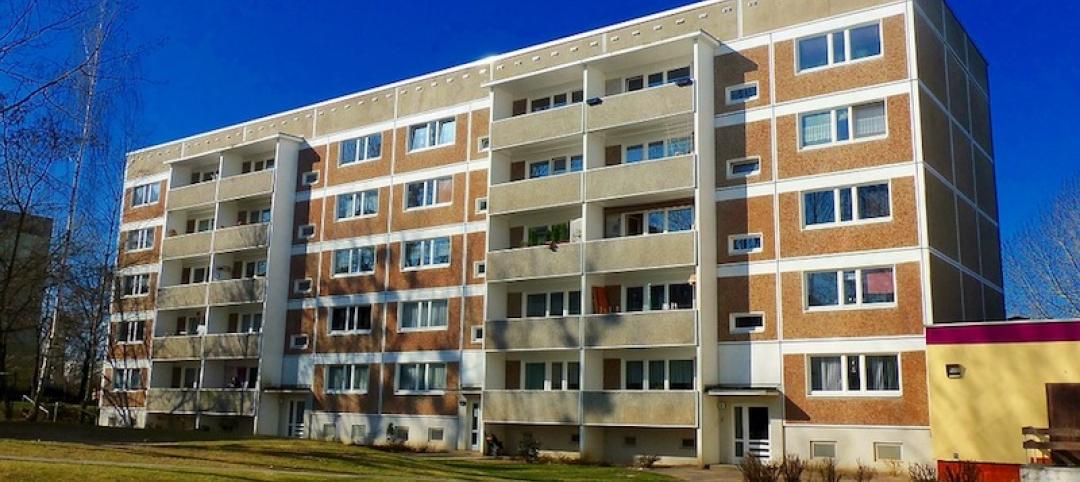A pilot program of plug load energy reduction strategies at a large office property yielded findings pertaining to tenant education and advance power strip technologies that can help building owners reduce energy consumption.
The Tower Companies conducted the study at a downtown Washington D.C. office building in which they implemented a “Turn it Off!” campaign to encourage building occupants to reduce plug loads. The building was equipped with advanced power strips (APSs) used to plug multiple electronic devices into a wall outlet with built-in technology to reduce plug and process load (PPL) runtimes and save energy when the devices are not in use.
The Tower Companies worked with the Better Buildings Initiative to gain guidance and support on project design, implementation, and analysis. Decision guides and technical specification were created as a result of this program and are available here.
PPLs account for an increasingly large percentage of commercial building energy use. The primary energy use associated with PPLs is projected to grow from 30% to 35% of total commercial building energy use between 2010 and 2025 as the number and energy intensity of plug-in devices continue to increase.
Related Stories
Codes and Standards | Jan 9, 2019
Policymakers need to act to alleviate affordable housing crunch
Moody’s economist says costs including mortgage rates worsening situation.
Codes and Standards | Jan 8, 2019
Pittsburgh launches task force on construction industry fraud
Focus will be on wage violations.
Codes and Standards | Jan 7, 2019
Program uses low-cost sensors to monitor impact of stormwater mitigation systems
University/municipal partnership in Philadelphia aims to improve green infrastructure design.
Codes and Standards | Jan 7, 2019
Washington, D.C., to transition to 100% renewable energy by 2032
Includes measures to reduce emissions from buildings and transportation.
Codes and Standards | Jan 4, 2019
Canada’s National Building Code will include climate change obligations
New durability requirements for new buildings in the works.
Codes and Standards | Jan 4, 2019
LEED v4.1 beta registration begins in January
First releases are O+M, BD+C, and ID+C.
Codes and Standards | Jan 3, 2019
U.S. Appeals Court says general contractors can be cited for subcontractor violations
Ruling will prompt review of OSH decision that said GCs cannot be held liable for subs’ violations.
Codes and Standards | Jan 3, 2019
Tall mass timber code changes receive final approval
New provisions to be included in the 2021 International Building Code.
Codes and Standards | Jan 2, 2019
ASHRAE’s Low-Rise Residential Buildings standard update now available
Performance measures are at least 50% more efficient than 2006 IECC.
Codes and Standards | Jan 2, 2019
Study compares labor hours for various low-slope roofing options
Type of roof covering, project parameters, tool management, and crew efficiency all impact profitability.

















